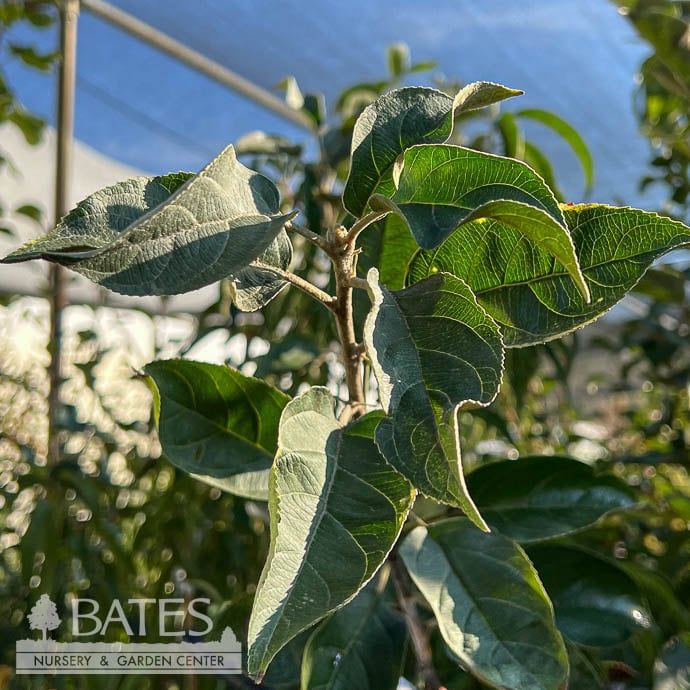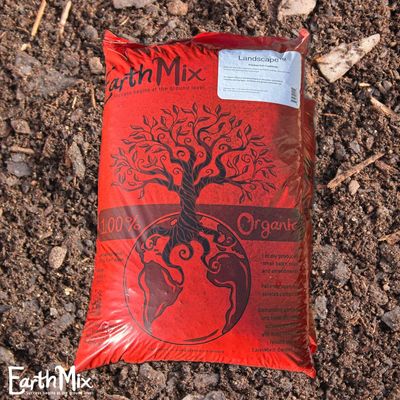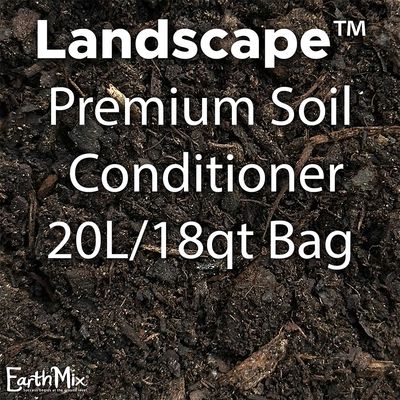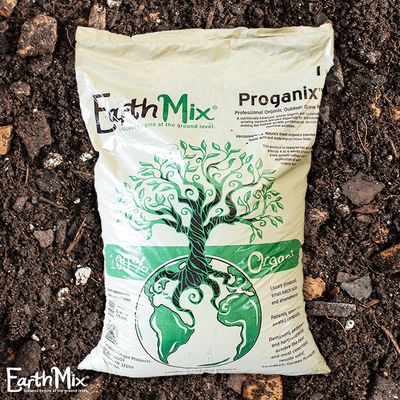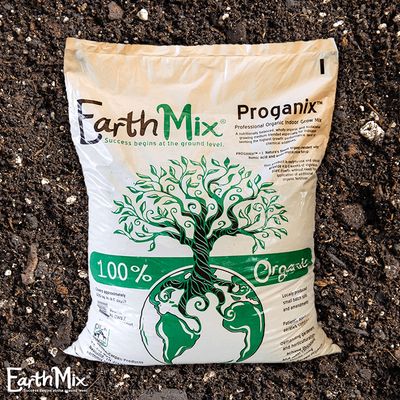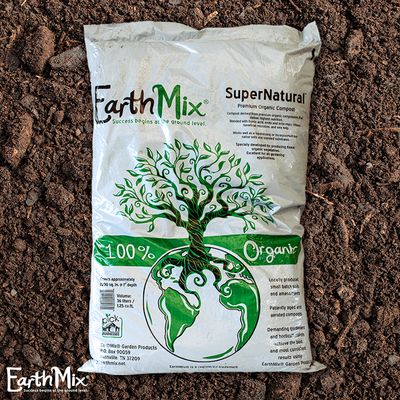Edible #7 Malus Golden Russet/ Semi-dwarf MidSeason Apple
Edible #7 Malus Golden Russet/ Semi-dwarf MidSeason Apple
This flavorful heirloom apple with a rustic matte appearance was developed in New York in the 19th century. It is renowned as a cider-making apple, but equally enjoyable fresh as a juicy snack.
SCIENTIFIC NAME: Malus domestica 'Golden Russet'
COMMON NAME: Golden Russet Apple
GARDEN SIZE: Depends on root stock - Dwarf 8-10 ft. tall and wide, Semi-Dwarf 12-15 ft. tall and wide, Standard/Full 15-20’ tall and wide, Espalier varies with culture
USDA ZONE: 4-8
EXPOSURE: Full Sun
WATER & SOIL: Loamy & well drained soil
FOLIAGE: Deciduous; Green
BLOOM TIME: Early-midseason, Flowering Group 2
HARVEST TIME: Late, ripens early October
FRUIT: Golden Russet apples have a distinct sandy-colored matte texture that partially or completely covers a yellow-green base. The flavor is complex: sweet, nutty, and slightly tart, and mellows with storage. The texture is crunchy and juicy.
USES: Renowned as a cider apple; also good for eating fresh and cooking
POLLENIZATION: Not self-fertile - needs a compatible pollenization partner nearby to produce fruit. Golden Russet is a good pollenizer for other early to mid season apples trees.
POLLENIZATION (Trees that pollenize this one): Anna, Colonnade Golden Sentinel, Colonnade Scarlet Sentinel, CrimsonCrisp, Fuji, Hardy Cumberland, Jonathan, Marshall Mac, McIntosh ,Pink Lady, Royal Red, Honeycrisp, Sweet Sixteen, Urban Apple 'Blushing Delight', Urban Apple 'Golden Treat', Urban Apple 'Tangy Green', Wolf River, Zestar!
POLLENIZATION (Trees that are pollenized by this one): Anna, Arkansas Black, Colonnade Golden Sentinel, Colonnade Scarlet Sentinel, CrimsonCrisp, Fuji, Hardy Cumberland, Jonathan, Liberty, Marshall Mac, McIntosh, Pink Lady, Royal Red Honeycrisp, Sweet Sixteen, Urban Apple 'Blushing Delight', Urban Apple 'Golden Treat', Urban Apple 'Tangy Green', Winesap, Wolf River, Zestar!
CARE: Golden Russet is a tip-bearer, growing apples on the ends of new growth, so keep winter pruning to a minimum. Remove water sprouts in June or July. Options for controlling pests, bacterial infections, and fungal disease include dormant oils applied early in the season before blooming, scented insect traps, and copper-based fungicides. DO NOT apply insecticides during blooming. This risks harming bees, which are crucial for pollination and fruit production. If necessary, fireblight can be treated with a streptomycin antibiotic spray during blooming. Apple trees need about an inch of water every 7-10 days, though young trees need a little more during their first growing season as they establish roots. If not enough rain has fallen, give the tree extra water by running a hose at a trickle around the base of the tree until the ground is fully soaked (but not for so long that there is standing water). Waterlogged roots can harm apple trees, so don't overdo it!
DISEASE RESISTANCE: Resistant to scab but susceptible to rust and fireblight.
TOXICITY: Stems, leaves, and seeds contain cyanide and are therefore toxic to dogs, cats, horses, and humans. The fruit is non-toxic.
